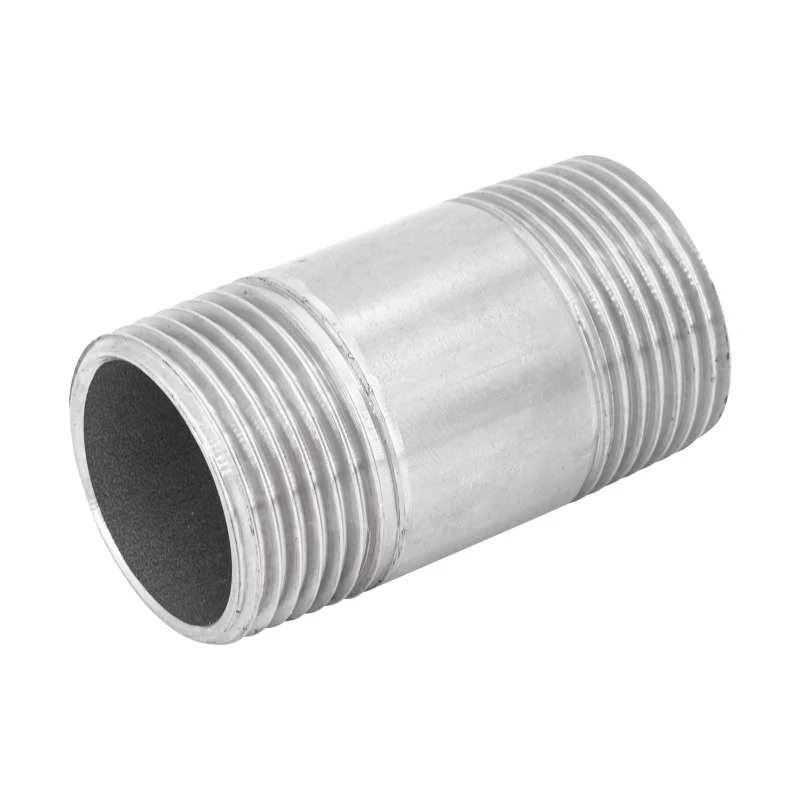-
Cangzhou Yulong Steel Co., Ltd.
-
Phone:
+86 13303177267 -
Email:
admin@ylsteelfittings.com
- English
- Arabic
- Italian
- Spanish
- Portuguese
- German
- kazakh
- Persian
- Greek
- French
- Russian
- Polish
- Thai
- Indonesian
- Vietnamese
- Zulu
- Korean
- Uzbek
- Hindi
- Serbian
- Malay
- Ukrainian
- Gujarati
- Haitian Creole
- hausa
- hawaiian
- Hebrew
- Miao
- Hungarian
- Icelandic
- igbo
- irish
- Japanese
- Javanese
- Kannada
- Khmer
- Rwandese
- Afrikaans
- Albanian
- Amharic
- Armenian
- Azerbaijani
- Basque
- Belarusian
- Bengali
- Bosnian
- Bulgarian
- Catalan
- Cebuano
- China
- China (Taiwan)
- Corsican
- Croatian
- Czech
- Danish
- Esperanto
- Estonian
- Finnish
- Frisian
- Galician
- Georgian
- Kurdish
- Kyrgyz
- Lao
- Latin
- Latvian
- Lithuanian
- Luxembourgish
- Macedonian
- Malgashi
- Malayalam
- Maltese
- Maori
- Marathi
- Mongolian
- Myanmar
- Nepali
- Norwegian
- Norwegian
- Occitan
- Pashto
- Dutch
- Punjabi
- Romanian
- Samoan
- Scottish Gaelic
- Sesotho
- Shona
- Sindhi
- Sinhala
- Slovak
- Slovenian
- Somali
- Sundanese
- Swahili
- Swedish
- Tagalog
- Tajik
- Tamil
- Tatar
- Telugu
- Turkish
- Turkmen
- Urdu
- Uighur
- Welsh
- Bantu
- Yiddish
- Yoruba

Sep . 02, 2024 21:24 Back to list
api 5l x42 pipe specification
The API 5L X42 pipe specification is part of the standards set forth by the American Petroleum Institute (API) for the manufacturing of line pipes used in the transportation of oil and natural gas. This specification outlines the physical, mechanical, and chemical requirements for a range of pipe sizes and grades, ensuring that the pipes are not only durable but also suitable for high-pressure environments.
.
One of the critical aspects of the API 5L X42 specification is its focus on the chemical composition of the steel. The material typically includes elements such as carbon, manganese, phosphorus, sulfur, and silicon, with specific limits set for each to ensure the pipe's integrity. Proper control of these elements helps enhance the pipe’s properties, including its hardness, tensile strength, and overall performance in corrosive environments.
api 5l x42 pipe specification

Moreover, the API 5L X42 specification includes stringent requirements for mechanical properties such as yield strength, tensile strength, elongation, and impact toughness. These parameters are crucial in ensuring that the pipes can withstand the stresses and strains encountered during installation and operation in various environmental conditions. Additionally, the specification specifies testing methods for both mechanical and metallurgical properties, which must be adhered to during the manufacturing process.
In terms of applications, API 5L X42 pipes are commonly used in the construction of pipelines for transporting petroleum and natural gas. Their durability and strength make them suitable for both onshore and offshore projects. They also play a vital role in the infrastructure of gas distribution networks and various industrial applications, demonstrating their versatility beyond the oil and gas sector.
In summary, API 5L X42 pipe specification serves as a vital standard in ensuring the reliability and performance of line pipes used in energy transportation. By adhering to specific mechanical and chemical requirements, manufacturers can produce pipes that not only meet industry demands but also contribute to the safety and efficiency of pipeline operations. As the energy sector continues to evolve, the importance of adhering to such standards will only grow, ensuring that infrastructure remains robust and capable of meeting future challenges.
Latest news
-
ANSI 150P SS304 SO FLANGE
NewsFeb.14,2025
-
ASTM A333GR6 STEEL PIPE
NewsJan.20,2025
-
ANSI B16.5 WELDING NECK FLANGE
NewsJan.15,2026
-
ANSI B16.5 SLIP-ON FLANGE
NewsApr.19,2024
-
SABS 1123 FLANGE
NewsJan.15,2025
-
DIN86044 PLATE FLANGE
NewsApr.19,2024
-
DIN2527 BLIND FLANGE
NewsApr.12,2024
-
JIS B2311 Butt-Welding Fittings LR/SR 45°/90° /180°Seamless/Weld
NewsApr.23,2024











